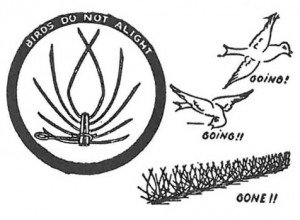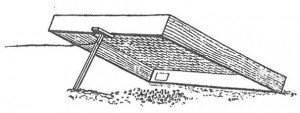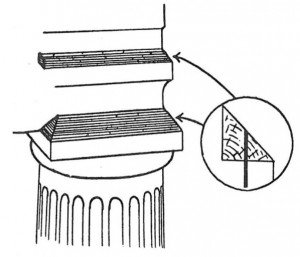
Poison
It is illegal to use poisoned baits or other types of poison against birds. Attempts to sterilise pigeons with baits containing chemo-sterilants has not worked in practice and experiments with sleeping pills so that experts could collect the stunned birds have not been very promising.
Shooting
It is legal to shoot some birds on private property. Always check with the Department for Environment, Food and Rural Affairs (DEFRA) for updated rules on this matter before shooting birds.

Trapping
Pigeons can in some cases be captured in locations where they sit and sleep. You can also set up special traps. It is done by certain extermination companies, but can of course also be done by local people with the requisite knowledge on the subject. The traps should be inspected both mornings and evenings. Have you killed adult birds, any young should be killed and removed too. Partly to prevent animal cruelty, but also to prevent blowflies, beetles etc. Nests should be removed completely and the nesting area should be dusted with insecticide, so that the many insects and mites that are hiding in the proximity are killed before they move on to a new place.
Feed
It makes a big difference that you do not feed these birds. It is not the small feed boards that you supply with modest amounts of feed in order to appreciate the animals that must stop. It is the wastage taking place at wharfs, loading ramps and silos and these kinds of places where pigeons and sparrows always thrive.

Preventive measures
Buildings should be designed so that birds cannot find nesting sites in and on them. Holes in the walls should be repaired or fitted with wire mesh. In addition, you can make a building unattractive to birds by making cornices slant (more than 45°) or by bird paste (for use only by authorized companies) as well as by physical barriers such as wire, etc.
The following means do not work: Scarecrows, either in the form of lifelike dolls, aluminium foil or rotary mills. Pigeons and sparrows quickly get used to it. Nor does scare sounds – audible or ultrasound – work. There are also no deterrent fragrances. Birds have a poor sense of smell.




